|
By: Anya Shetty
During quarantine, many people can leave their rooms, go to their kitchen, and can see a myriad of options. Do you want a sandwich with whole-wheat bread, turkey, and mustard? Do you want some chips or ice cream? Maybe you’ll opt for something more healthy like a salad or a fruit bowl. The overall point is that you open your pantry, open your fridge, open your freezer, and see options. Many people in the country, however, don’t have these options, especially those living in low-income communities. Injustice and inequality have been engraved into the DNA of the United States since its conception. This injustice has spanned from police brutality, rejection to the right to vote, Jim Crow Laws, and wage gaps but, there is one area where injustice is unexpectedly prevalent: food. Food justice should be more discussed as it impacts a fair percentage of the United States and everyday communities. The question at issue here is whether or not low-income communities and people of color are more impacted by food injustice? According to research studies and prestigious news outlets: yes. Low-income communities and people of color are disproportionately affected by food injustice which halts social equality and mobility by promoting racial and economic inequality.
2 Comments
By: Sarah Hieta-aho
A garden is a valuable and tasty commodity in an urban setting, and soon starts to look very inviting to the local wildlife. Neighborhood stray cats may want to use your garden as a litter box or roll around among your plants. Birds may eat unprotected starts and seedlings. Raccoons, rats, or other rodents may start sniffing around your compost pile or fresh fruit and veggies. You may have to deal with slugs, earwigs, or caterpillars. You may wonder what has been leaving half eaten squash or tomatoes around your balcony. Hint: It might be some squirrels! By: Mridhula Srinivasan
To reduce noise and waste management issues associated with farming, urban planners pushed farming away from cities. As cities began to expand, this continued and resulted in the removal of fertile land and valuable ecosystems like water filtration. Thus, we need to form mutually beneficial partnerships for sustainable resource management. This is where peri-urban agriculture comes in. The food and agriculture organization of the United Nations defines peri-urban agriculture as the agriculture practices within and around cities that compete for resources (land, water, energy, labor) that could also serve other purposes to satisfy the requirements of the urban population. Peri-urban farming underscores a symbiotic relationship between urban and rural areas. By: Isabella Sferra
In our modern and globalized society, food ingredients come from around the world. This has enabled the diversity and relative affordability of the products in today’s supermarkets. However, with this wide variety of sources, it can be difficult to ascertain the conditions that your food was made in. And make no mistake- environmental problems and human rights abuses are lurking in your grocery store. To illustrate the problem, let’s look at three common foods or ingredients with records of human rights and environmental issues. By: Alie McDougall
For many, living a low-waste or sustainable lifestyle, can seem daunting and/or expensive. When in reality, this lifestyle is both attainable and becoming more and more necessary to the health of our planet. These conceptions of a low-waste lifestyle may be fueled by a lack of knowledge or understanding of pressing environmental threats. Yet, as ocean temperatures continue to rise and plastic pollution mounts, the traditional school curriculum neglects to address the climate challenges that we are facing today as a society. This leaves the next generation with limited resources to address these issues as we make our way in the world. By: Stephanie Becerra
When it comes to sustainability, there are many definitions. Two definitions that really hit the nail on the head are, “Sustainability is the responsible interaction with the environment to avoid depletion or degradation of natural resources and allow for long-term environmental quality” and “sustainability focuses on meeting the needs of the present without compromising the ability of future generations to meet their needs.” Essentially, we want to be able to sustain the quality of the environment and our own lives. The two are closely tied and there is no separating the success of one from the other. For sustainability to be successful its concept is built on three pillars: economic, environmental, and social, also known as profit, planet, and people. The three pillars must be balanced to achieve true sustainability and create harmony between the three. One cannot be prioritized over another. By: Hannah Tison
While you may not have been able to travel the globe this summer due to coronavirus, your dinner may certainly have! The Center for Urban Education about Sustainable Agriculture estimates that most meals in the US travel 1500 miles before they get to your plate. Oftentimes this far reaching food web has disastrous effects on carbon emissions and the taste and quality of what you are eating. For more info click here. Eating locally has great benefits and may be more attainable than you think, here's how to start: By: Althea Ocomen
All over the world, we can see the severe repercussions of the crisis of the Amazon rainforest. Everyone watched as the fires devastated and continue to devastate the trees and territory, a result of developers illegally clearing and destroying land by burning the rainforest. Because the Amazon provides 20 percent of the planet’s oxygen - earning it the nickname of the lungs of the Earth- many are now focusing on the detrimental and dangerous effects which the wounded rainforest could impact on the current condition of climate change. What many fail to see, is that these fires are already affecting the indigenous people residing in that territory. |
TUGIWelcome to Seeds for Thought, the TUGI Blog where we will be highlighting incredible stories of environmental activists and change makers, environmental news, and tips to living a more green and sustainable lifestyle. If you are interested in learning more about what we are doing on a monthly basis, subscribe to our TUGI Newsletter. Archives
May 2021
Categories |
TUGI
|
|
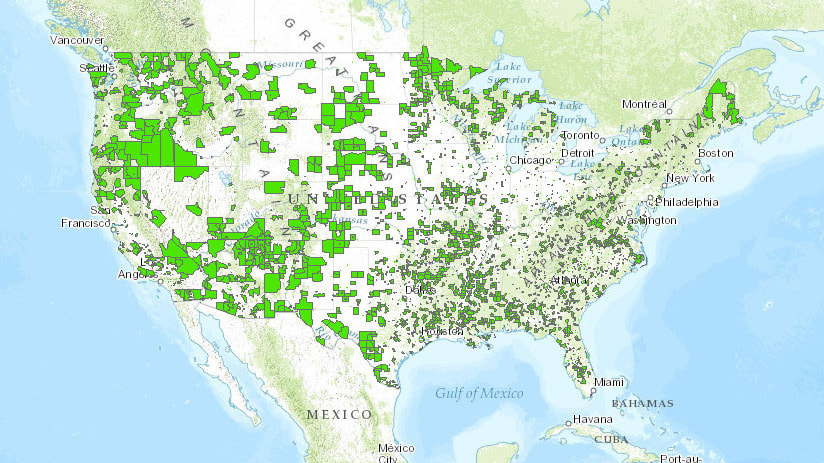
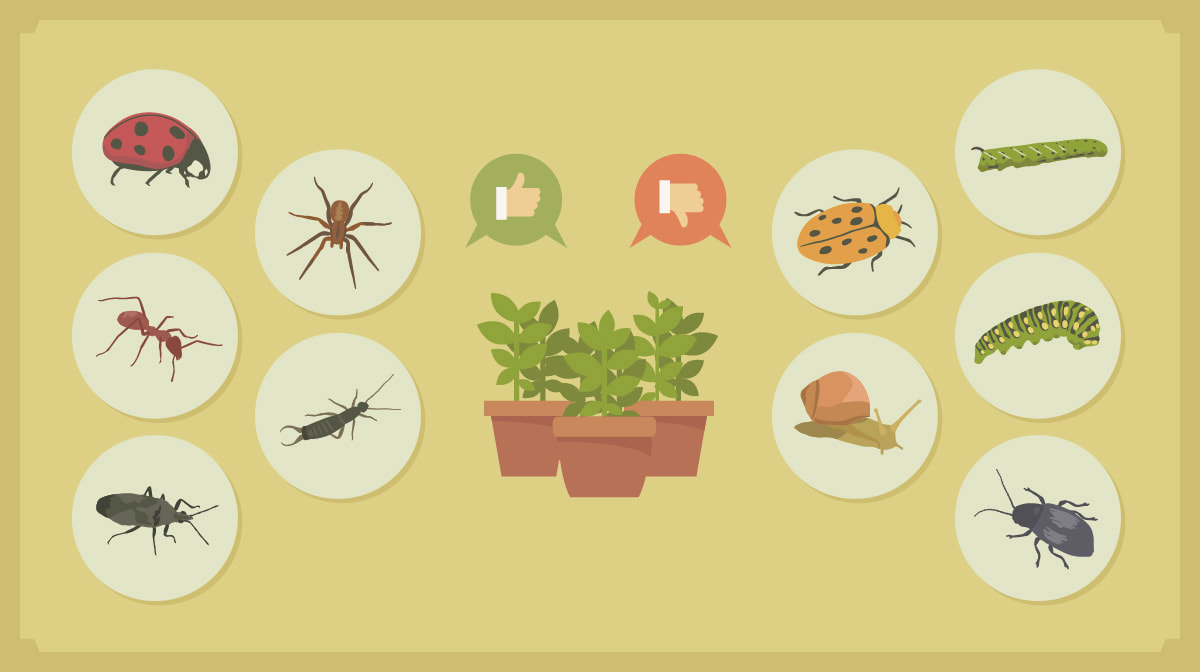
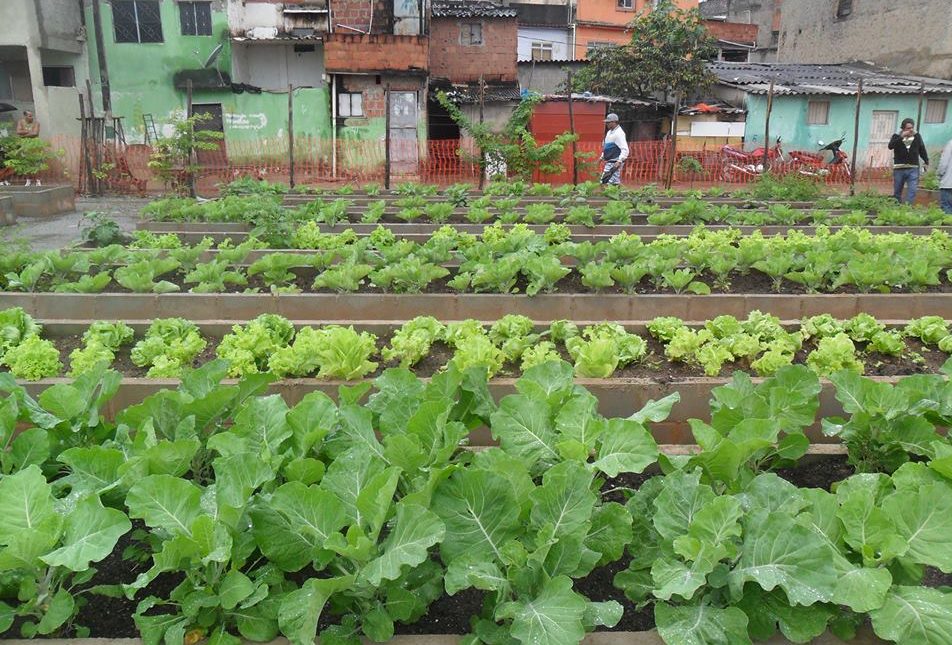
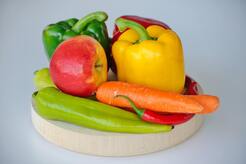

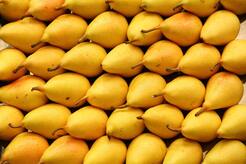
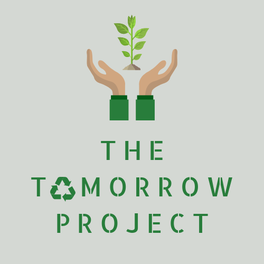
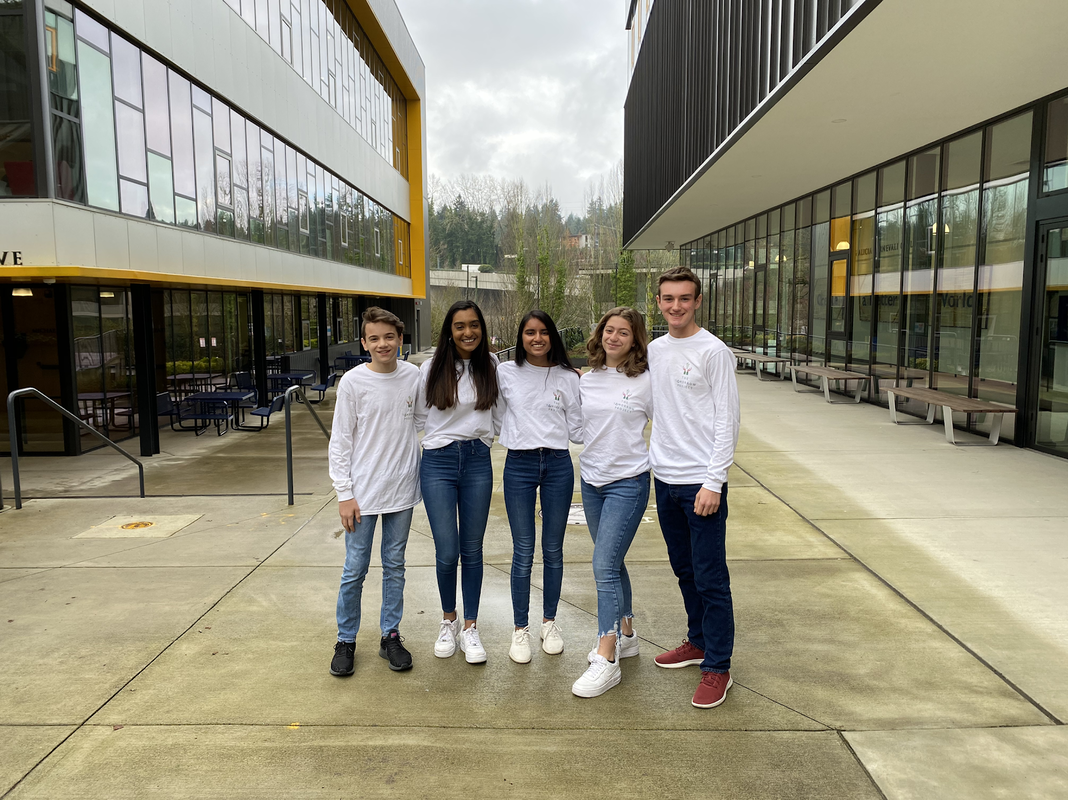
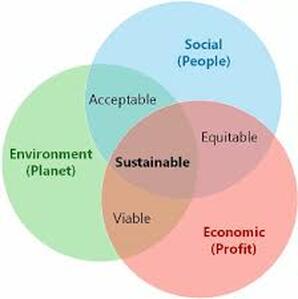


 RSS Feed
RSS Feed
